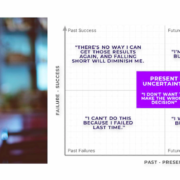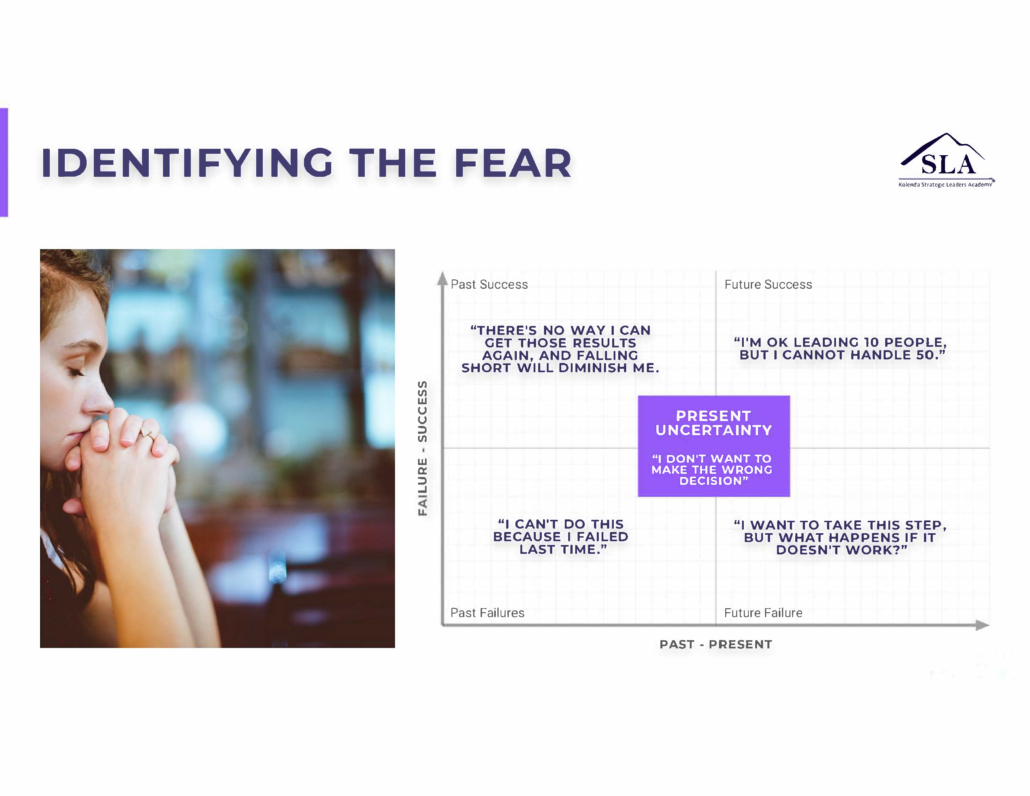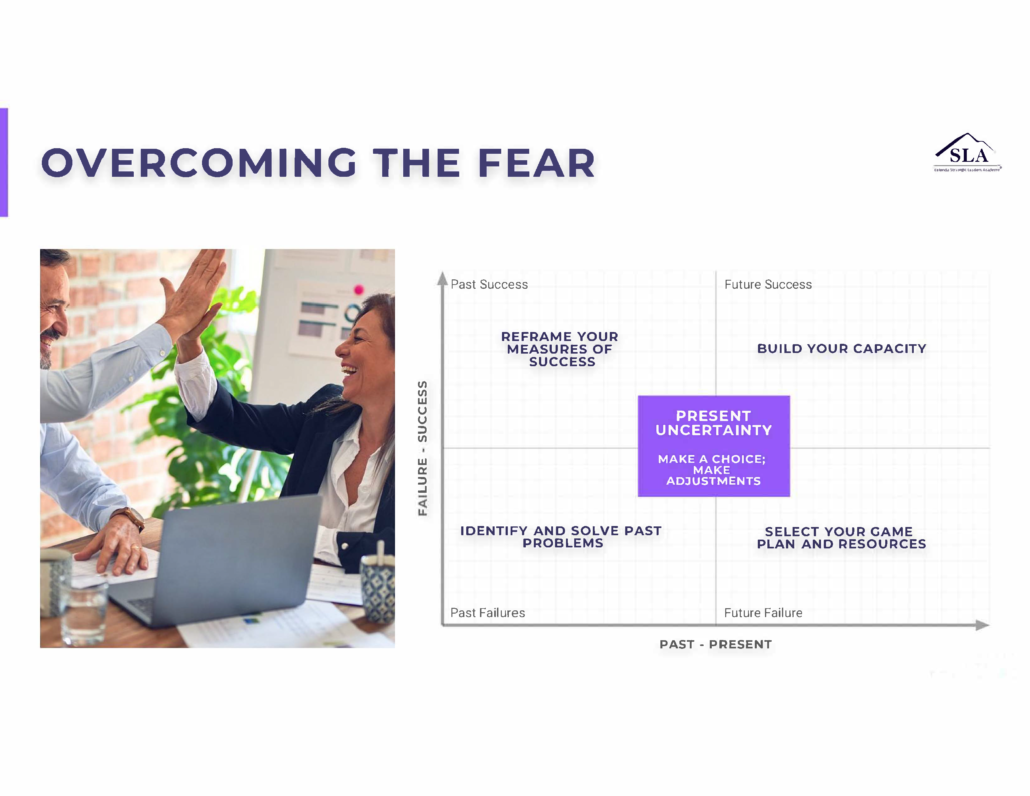6 Leadership habits that get immediate results
A recent article in the Wall Street Journal quoted a tech expert who predicted that technology would soon replace mid-level leaders.
After all, he suggested, if technology can monitor employee productivity, what’s the point of middle management?
There are two matters to consider before you jump on the bandwagon.
First, your apps will have a hard time addressing one of the biggest productivity drains that companies face: presenteeism.
Presenteeism is the practice of being at work and doing things to look busy but are not boosting your mission and impact.
More importantly, productivity apps do not inspire people to contribute their best to your team’s success.
CEOs make a big mistake in believing that the role of mid-level leaders is to make sure people are doing their jobs.
If that’s the case, then you’ve either hired the wrong people or failed to gain their buy-in.
The first line team leaders and mid-level managers make or break your culture, productivity, and performance.
This level is where people gain buy-in or not.
This level is where people decide whether they will do only the minimum or contribute their best and most authentic selves to your mission.
Gallup reports that 67% of Americans report being unengaged at work — that’s 67% presenteeism.
Your top-quality first line and mid-level leaders turn that number around so that people are spending two-thirds of their time or more contributing their best selves.
You will inspire people to contribute their best, willingly, to your team’s success by practicing these six habits.
First, be authentic so that you lead as your best self, prune away average habits that hold you back, and build the right team around you.
Second, follow the three core principles of trustworthiness, respect, and stewardship so that people believe in you, bring out the best in each other, and your team gets better each day.
Next, practice empathy so that you can see yourself and your team through the eyes of others and stay ahead of the competition, avoid blindsides, and bring out the best in each teammate.
Fourth, take responsibility so that you can promote innovation and sensible risk-taking and hold people accountable for results and values … without feeling like a jerk.
Fifth, connect the why so that everyone knows exactly how their work contributes to success. Once this happens, your team will do what’s right, the right way, without you having to watch.
Finally, multiply your experiences. Personal experience is the best teacher of leadership. It is also the school of hard knocks, and the tuition can be costly. Learning from others lets you gain many lifetimes of experience very quickly to make sound decisions and avoid expensive mistakes.








